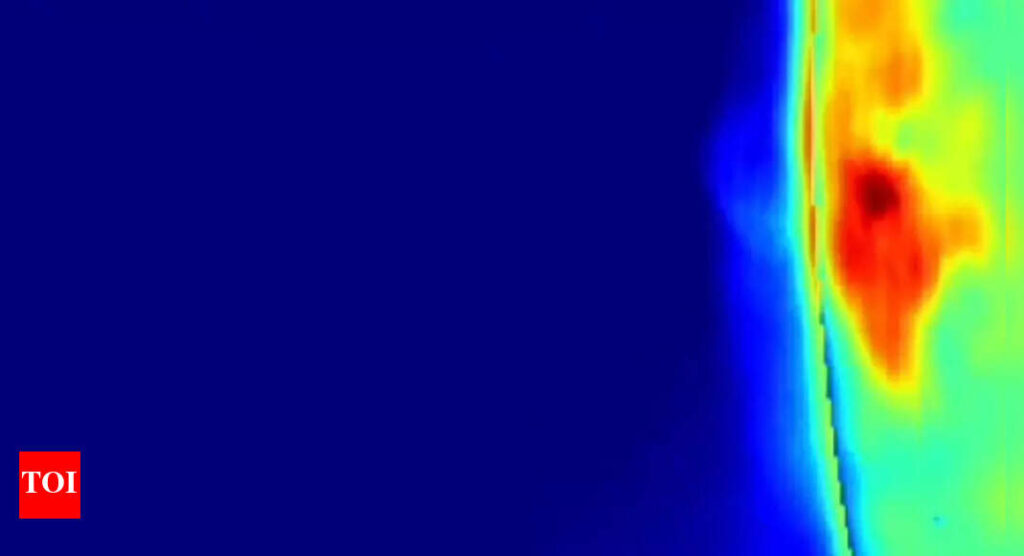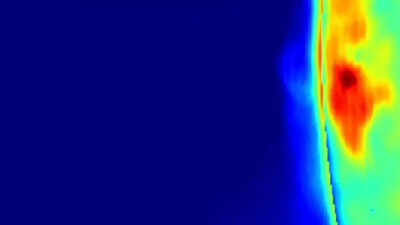Indian Space Research Organisation (ISRO) has recently made an historic discovery from its Aditya-L1 mission, which was launched to monitor the Sun. ISRO posted a video shot by the mission on May 14, 2025, showing a solar flare and historic plasma ejection from the Sun. The discovery brings a much enhanced scale of data concerning solar activity, which will have bearing on predicting space weather events that influence Earth.ISRO’s Aditya-L1 mission has added one more value to solar studies with its latest capture of a solar flare and plasma ejection. The milestone provides an unprecedented glimpse into the Sun’s turbulent nature in near-ultraviolet light and provides new avenues for research on solar phenomena. While scientists analyse this data, the mission is poised to revolutionise our knowledge of space weather and how it affects the Earth.
ISRO’s Aditya-L1 captures X-class solar flare and plasma eruption
Aditya-L1 took a picture of an X-class solar flare—a colossal explosion of energy from the Sun—on December 31, 2023. The burst was accompanied by the ejection of a glowing plasma “blob” that was hurled away from the Sun with terrific energy. It was a fertile source of information regarding the dynamic processes of the behaviour of the Sun.ISRO informed that Solar Ultraviolet Imaging Telescope (SUIT) on board Aditya-L1 has captured the eruption in detail. ISRO highlighted this in its statement: “We see the early eruption and a plasma blob pushed out from the area of flaring and accelerated over the field of view of SUIT.”
Aditya-L1 observes record-breaking plasma ejection in near-ultraviolet light
The plasma ejection observed by Aditya-L1 is significant not only because of the magnitude of the solar flare but also because of the wavelength at which the observation was made. To the world’s best knowledge, an eruption of this kind has now been observed in near-ultraviolet light for the first time. This milestone presents the scientific community with an entirely new dataset with which to compare solar events and discover more about the nature of CMEs and solar flares.Of all the most amazing aspects of this achievement, perhaps the most surprising was the record-breaking speed at which the plasma mass was moving. The plasma was fired out at the initial rate of 300 kilometers per second but within seconds had shot up to a mind-boggling 1,500 kilometers per second. To better understand this, if it traveled at 1,500 km/s, the plasma would travel around the entire Earth in 30 seconds. This observation places into context the vast power and energy of solar events and provides valuable information for the understanding of the possible impact of solar phenomena on space weather.
Aditya-L1’s findings
Aditya-L1 findings are of significant use to the forecasting community in terms of forecasting space weather events that can affect Earth. Solar flares and CMEs can lead to satellite communications disruption, navigation systems, and even the power systems of Earth. By knowing how such solar events behave and observing them in ultraviolet light, scientists are able to predict such potentially destructive events with greater accuracy.
Aditya-L1 mission overview
Aditya-L1, launched on 2 September 2023, is a mission to study the Sun’s atmosphere and how it affects space weather. The spacecraft will be deployed in a single halo orbit at the Lagrange point 1 (L1) approximately 1.5 million kilometers away from Earth. By being there, the mission is able to keep watch on the Sun unshaded by the Earth’s shadow at all times.Aditya-L1 inserted into the designated orbit around L1 in January 2024, and as of February 2024 took a dramatic image of a big solar flare. But December 2023 is the month in which the new observation was seen, one historic: the near-ultraviolet capture of the first-ever giant solar eruption.
Achievement of the Aditya-L1 mission
Achievement of Aditya-L1 mission to capture this historic solar flare and plasma ejection confirms the worth of India’s space exploration mission. It marks a new era for the study of the Sun as it displays much better how the Sun functions and how it affects our world. Achievement of the mission in viewing the Sun at 1.5 million kilometers has turned out to be pricelessly valuable in data gathering, which was never achievable from our world before.Also Read | South Africa’s ground is rising, but it’s not volcanic; here’s what’s really happening


